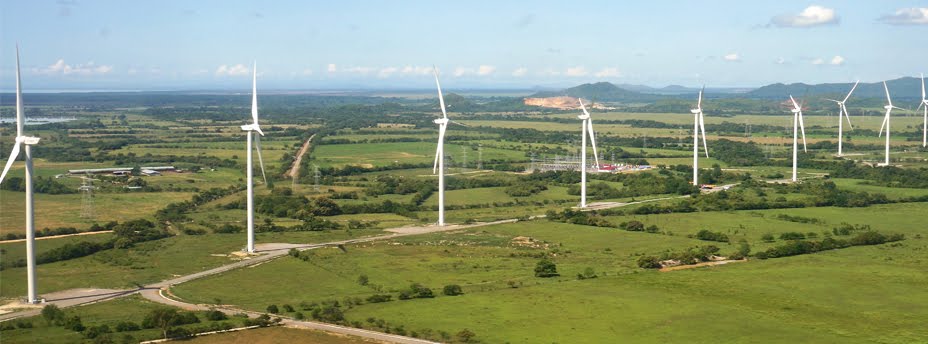Developments in the Transmission and Distribution industry

In the last decade, with large scale deployment of renewable energy, there has been a big shift and push for a change in the way consumers get their electricity. From the early days of the industry, a model developed whereby electricity was centrally generated in large power plants spread out in a handful of locations generally set away from the population. In the 60s and 70s nuclear energy saw rapid expansion as did our need to consume energy. It’s no surprise that the largest power plants in the world are nuclear power plants. With these large new plants a need arose for major investment in infrastructure to bring the electricity generated at these plants to the end users. With incidents in the 70s, 80s, and 2010s, the focus has shifted away from nuclear in favour of especially wind and solar. A single wind turbine or solar panel cannot replace a nuclear reactor. The amount of land and space needed for large-scale wind and solar also is a magnitude greater than the footprint o
